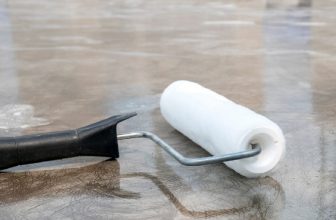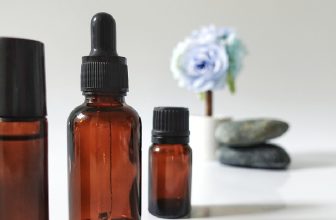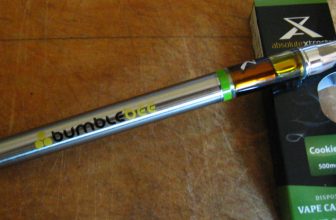How to Remove Oil Stains From Teak Wood
Teak wood furniture is a popular choice because of its natural beauty and durability. However, if not cared for properly, teak can be susceptible to oil stains. If you have teak wood furniture, it’s essential to clean and maintain it properly. One of the most common problems with teak wood is getting oil stains.
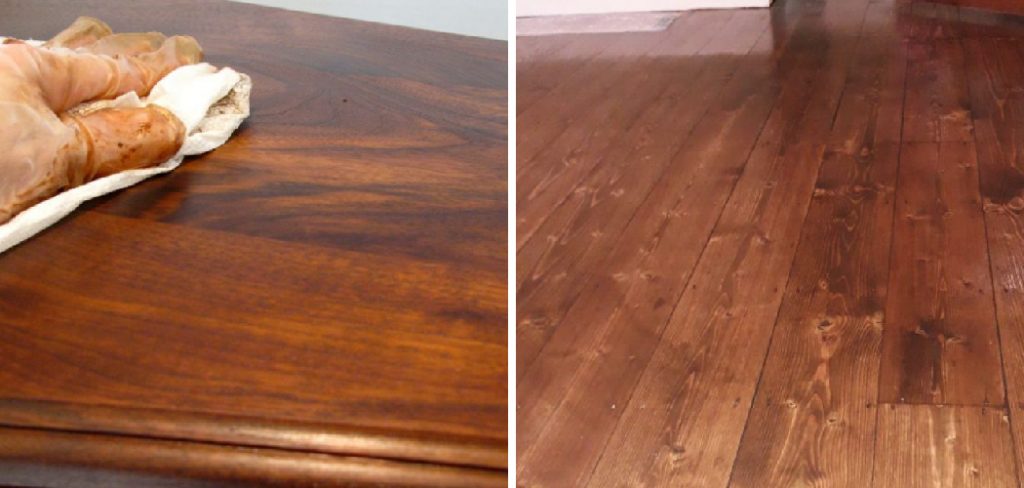
If you have a teak wood table or other furniture pieces that have an oil stain, don’t worry; there is a way to remove it. In this blog post, we will discuss the best way on how to remove oil stains from teak wood and how to prevent them from happening in the first place. Read on to know more!
What is Teak Wood?
Teak wood comes from the Tectona grandis tree, which is a species native to south and southeast Asia. This type of wood is known for its high natural oil content, making it resistant to water and rotting. It’s also popular for its beautiful golden-brown color and straight-grain pattern.
Aside from being used in furniture, teak wood is also used in shipbuilding, outdoor decking, and other construction projects. It’s a highly sought-after material because of its durability and natural resistance to weathering.
Why Does Teak Wood Get Oil Stains?
Teak wood gets oil stains when it comes into contact with oil-based products. This can happen when someone spills food or drinks on the furniture or accidentally applies oil-based products like sunscreen or moisturizer on the wood. The natural oils in teak wood make it more likely to absorb these stains, especially if not cleaned up immediately.
Furthermore, teak wood furniture that is used outdoors is at a higher risk of getting oil stains from outside elements such as rain and dirt. If left untreated, these stains can penetrate deep into the wood and become more challenging to remove.
Needed Materials:
Soft Clothes or Rags:
These will be used to apply and remove the cleaning solution and to dry the wood after cleaning.
Mild Soap or Detergent:
Using a mild soap or detergent is gentle enough to clean teak wood without damaging it. Avoid using harsh chemicals as they can cause discoloration and damage to the wood.
Water:
Water is needed for dilution purposes in the cleaning solution.
Baking Soda or Cornstarch:
These can be used to absorb fresh oil stains before they penetrate deep into the wood.
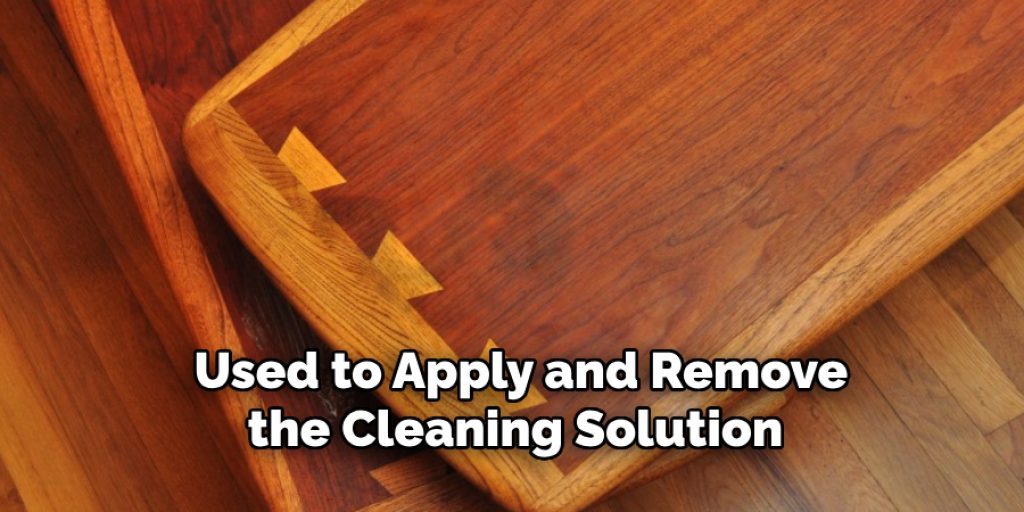
Paintbrush:
A paintbrush can be used to apply baking soda or cornstarch onto the oil stain for easier absorption.
Clean, Dry Towel:
This will be used to wipe away excess baking soda or cornstarch after absorption.
Teak Oil:
In case the oil stain has been removed but has caused discoloration on the wood, teak oil can be used to restore its color and shine.
9 Easy Methods on How to Remove Oil Stains From Teak Wood:
Method 1: Detergent Solution
For this method, a rag is used to apply dishwashing liquid to the oil stain on the teak wood. Ensure that you have washed all areas of the teak surface with soap before doing this step. Rinse thoroughly with warm water and let it dry for up to 24 hours. This will prevent stains from soaking into your teak furniture over time. It will also help to protect your furniture from future stains.
Method 2: Mineral Spirits
Mix mineral spirits, turpentine, or paint thinner on your oil stain on your teak furniture for several hours. Ensure that the solution is absorbed into the oil stains to lift them off of your wood.
Next, rinse thoroughly with water and let it dry under the sun. You will have to scrub off the oil stains with a scrubber if they are still visible. This method may be messy, so ensure that you have done it outdoors or in an enclosed room with proper ventilation.
Method 3: Isopropyl Alcohol
Mix isopropyl alcohol on the oil stain on your teak furniture. Ensure that you have diluted it to 50% before applying it to the stained area. Let it sit for half an hour before scrubbing off with dishwashing liquid and rinsing with warm water. This may work if you work on small stains that are not set in yet.
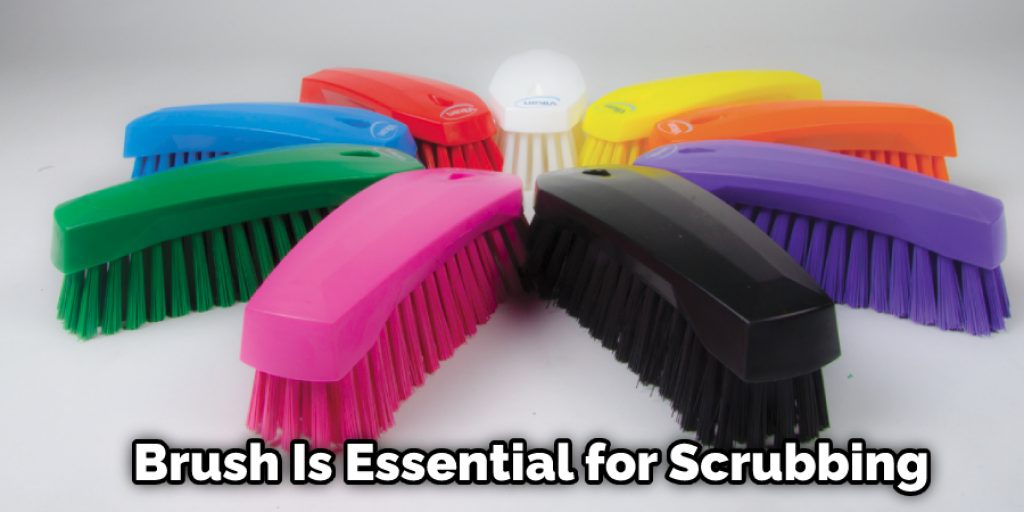
Method 4: Ammonia Solution
Mix ammonia solution (one tablespoon) with one cup of warm water. Ensure that you have rinsed your teak surface with water before doing this step. Next, dip a rag in the solution and apply it to the oil stains on your teak furniture. Allow it to sit for 15 minutes before rinsing off with warm water.
Ensure that you have done away with any residue from applying ammonia on your furniture by scrubbing with a scrubber. Ensure that you have done this outdoors, as the smell of ammonia might irritate your nose and throat if it is concentrated indoors.
Method 5: Lemon Juice
Mix lemon juice on oil stains on your teak furniture for 15 minutes before scrubbing off with dishwashing liquid and warm water. Repeat if necessary. You can also use a piece of sandpaper to get rid of the stains from your teak furniture. Ensure that you have cleaned off any residue from using sandpaper on your furniture by scrubbing with dishwashing liquid and warm water. Next, rinse off the soap with warm water and let it dry naturally.

Method 6: Rubbing Alcohol
Rubbing alcohol will break down oil into water-soluble substances, which are then easily removed by water. Pour rubbing alcohol on the oil stain on your teak furniture and let it sit for 10 minutes before scrubbing off with a rag or dishwashing liquid applied directly to the stained area. Let it dry completely under the sun before using it again. Repeat if necessary.
Method 7: Linseed and Gum Turpentine
Linseed oil mixed with gum turpentine is used to varnish teak furniture. Mix the two and apply the oil stains on your teak furniture using a rag or paintbrush. Let it sit overnight before rinsing off with warm water. Ensure that you have done away with any residue from applying linseed/gum turpentine on your teak furniture by scrubbing with a scrubber. Ensure that any linseed oil/gum turpentine mix applied to your furniture is dry before using it again.
Method 8: Using a Steam Cleaner
Steam cleaners clean grease and grime on all types of surfaces like countertops, tiles, and floors. Use your steam cleaner to remove the oil stains from your teak furniture. You can also use it regularly to clean away dirt accumulated on your furniture over time. Ensure that you have tested this method first on a small inconspicuous area on your furniture. This is to see whether your steam cleaner can be used on a teak surface.
Method 9: Professional Help
If the oil stain persists and cannot be removed by any of the above methods, you may need to seek professional help. Professionals have special cleaning solutions and techniques that can remove tough stains without damaging your teak wood furniture. However, this option may be costly, so it is best to exhaust all other methods before resorting to professional help.
Following these methods on how to remove oil stains from teak wood will help you easily remove oil stains from your teak wood furniture. Remember to always test any cleaning solutions on a small, inconspicuous area before applying it to the entire surface. With proper care and maintenance, your teak wood furniture will continue to look beautiful for years to come.
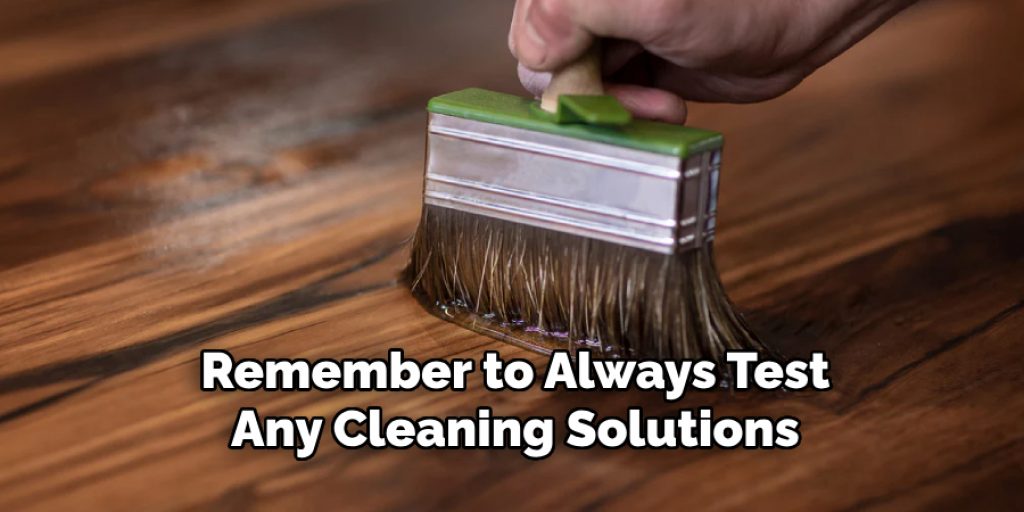
Some Tips and Suggestions:
Here, we have given some tips on how to remove oil stains from teak wood.
1. Using a brush, scrub the spot with the mixture. Work in small, circular strokes to clean the surrounding area, too. Rinse thoroughly when done, drying with paper towels if necessary.
2. If the oil has penetrated into the wood’s pores, then this process may not work. It will require sanding or using a commercial deglosser/wiping stain, followed by re-staining.
3. If you are trying to remove teak oil stains from your deck or patio, it is best to do so before they fully penetrate the wood. Oil stains are cuts in the surface of the wood cells, which allows water to seep down below and damage the wood. If you do not remove them immediately, they will likely become permanent stains.
4. Always test an inconspicuous area before applying any cleaning mixture or process onto teak wood.
5. Do not use any harmful chemicals on your teak wood furniture, such as paint thinners or acetone (nail polish remover). These products can damage the patina and beauty of your teak wood finish.
6. To remove oil stains from finished teak wood (meaning it has been varnished or polished), start by testing the mixture on an inconspicuous area first. If it works (dissolves the oil), apply the solution onto the stain with a paintbrush, working in small, circular motions until no more residue comes up.
7. To remove oil stains from unfinished teak wood, use a cloth or sponge with warm water to wipe the surface clean. If the stain is still present after wiping it away, try using a mixture of mild soap and ammonia (ratio 1:3) for about 5-10 minutes before rinsing the wood thoroughly.
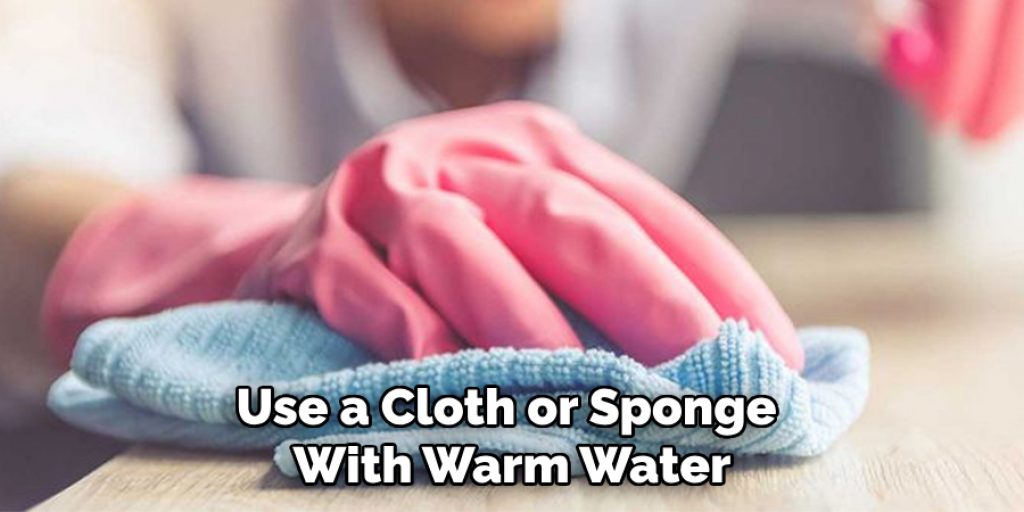
How to Clean Oily Residue From Wood Furniture?
Oil residue can be caused by anything from salad dressing to suntan lotion. If you have unwanted oily residue on your wood furniture, follow these steps to remove it.
1) Sprinkle an absorbent powder onto the oil stain, baking soda, or cornstarch. Let sit overnight.
2) Scrape off with a plastic spatula.
3) Vacuum the area.
4) Moisten a cloth with mineral oil, white spirits, or acetone and wipe the furniture’s surface until the stain disappears.
5) Buff with a soft, dry cloth or brush to bring the luster back to the piece of furniture.
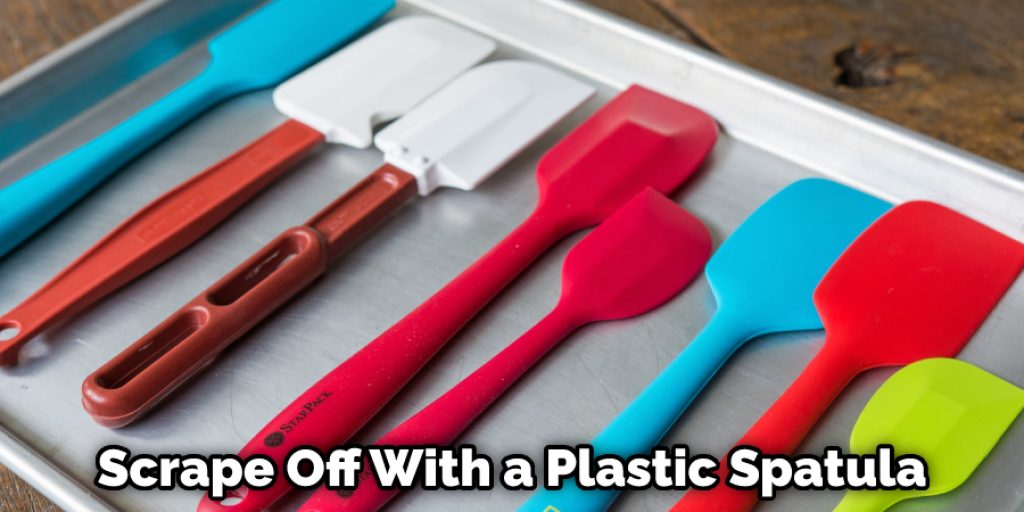
Ensure that you use mineral oil only for unfinished wood furniture. Avoid using white spirits or acetone on wood finishes other than polyurethane or varnish. If the stain persists, seek professional help.
What Is the Best Oil to Use on Teak Wood?
The best oil to use on teak wood is raw linseed oil. Raw means that the linseed oil has not been boiled or treated in any way and that it still contains flax seed, which can quickly oxidize and turn into a nasty and smelly mess. Linseed oil is clear in color.
If you are looking at a bottle of it and it’s black or green, the manufacturer has added pigment to the linseed oil, which doesn’t help anything. Linseed oil can be found in any well-stocked area where paint supplies are sold. You want the raw variety that still contains flaxseed, not the boiled variety that has removed all flaxseed.
Boiled linseed oil can also be found near the paint supplies, but you will want to avoid it as well. Boiled is generally cheaper and far less smelly than raw linseed oil. In addition, boiling the linseed oil has been processed and filtered, so all flaxseed has been removed.
Frequently Asked Questions:
Q: How to Clean Wax Buildup From a Dark Wood Table?
A: First, clean the surface. Sweep away all wax particles and wipe the table with a fresh cloth to remove any other residue. Next, pour water onto the section where there is still wax. Place another cloth over that area to help break down the wax faster. You can also scrub at it with steel wool or an SOS pad if necessary.
Q: How to Remove a Stain from a Wood Seat?
A: Mix water and dish soap in a spray bottle. Spray the mixture onto the stained area of the wood, then scrub away at it with an old toothbrush. It may take some time for stubborn stains to come off, so you can spray more solution as needed. Once finished
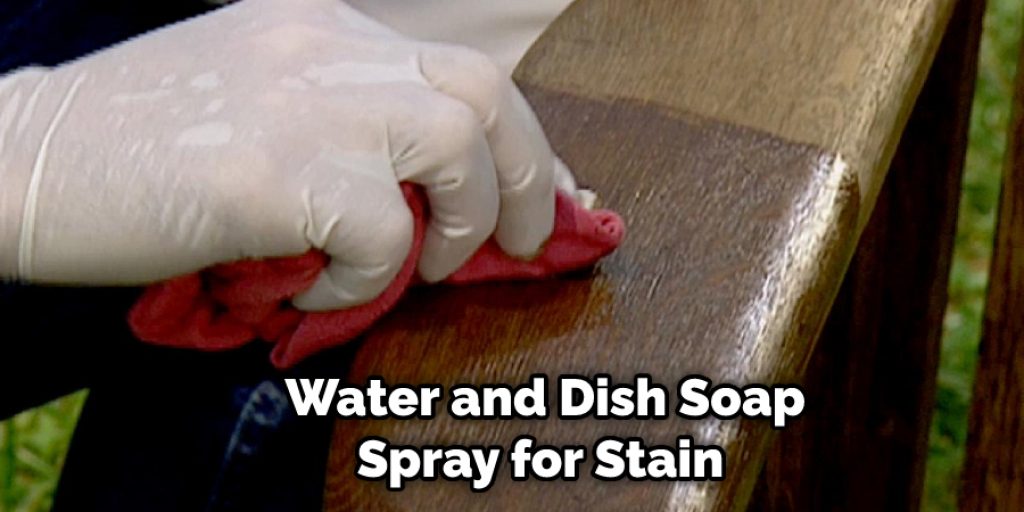
Mix equal dishwashing soap, hydrogen peroxide, and warm water into a bowl. Dip a cotton ball or swab into the solution. Rub the cotton ball directly on the wood to remove the stain. Rinse with clean water and dry with another clean cloth. Repeat if necessary. If the stain is still present, try using a mixture of baking soda and water to scrub it before trying the solution again. It may take multiple tries to remove stubborn stains. Finally, rinse the wood with clean water and dry it with a cloth afterward.
Q: How Long Does Teak Wood Last?
A: Teak wood is known for its durability and can last for decades, even in outdoor settings. Proper care and maintenance can extend the lifespan of teak wood even further. With regular cleaning, oiling, and protection from harsh elements, teak wood furniture can last for generations to come. You can also refinish teak wood as needed to keep it looking like new. So, if taken care of properly, teak wood can last a lifetime.
Q: Can You Paint Teak Wood?
A: It is not recommended to paint teak wood as it is naturally resistant to water, decay, and insects. Painting teak wood will not only cover up its natural beauty but also make it vulnerable to damage from moisture and insects. If you want a different color or finish for your teak wood furniture, consider staining or varnishing it instead of painting. This will still allow the natural grain and texture of the wood to show through while providing a different look. However, if you decide to paint teak wood, make sure to clean it properly and sand it beforehand for the best results.
Q: Can Teak Wood Be Used for Outdoor Furniture?
A: Yes, teak wood is an excellent choice for outdoor furniture due to its natural resistance to decay and insects. It is also durable enough to withstand harsh weather conditions such as rain and sun exposure. However, proper care and maintenance are still necessary to keep teak wood looking its best in outdoor settings. Regular cleaning, oiling, and protection from extreme weather can help extend the lifespan of outdoor teak wood furniture. Additionally, using a cover or storing the furniture indoors during harsh weather can also help prolong its durability.
Conclusion:
If you want to know how to remove oil stains from teak wood, it is possible with a few simple steps. You can start by using a cloth or paper towel and rubbing the stain in small circles. Next, use mineral spirits on a dry rag and rub gently over the area until all residues have been removed.
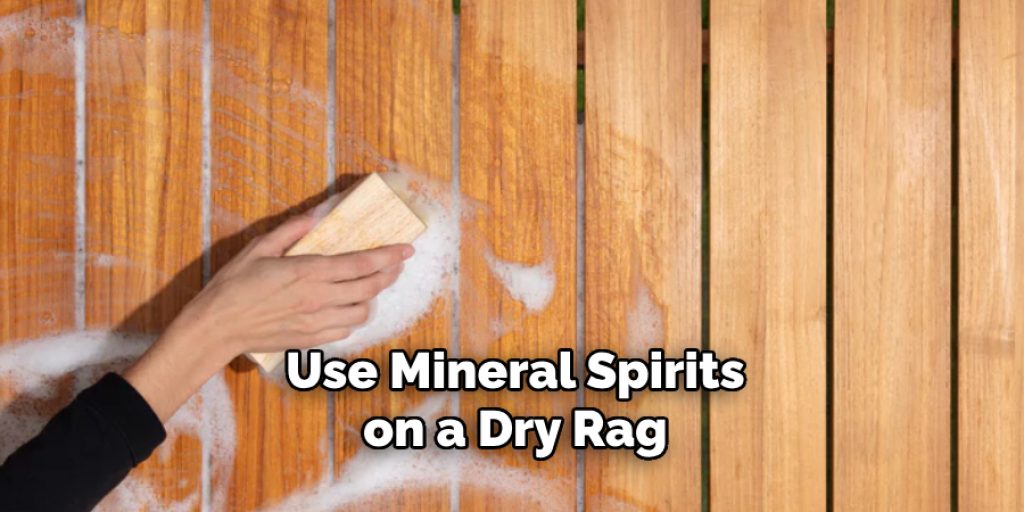
Afterward, you will need to clean your piece thoroughly before applying any sealant so that no leftover dirt remains behind. This article gives some great tips for those wondering how they can get rid of an oily mess from their wooden furniture! We hope these steps have helped you understand how to remove oil stains from teak wood. If not, please get in touch with us, and we’ll be happy to help!
You Can Check It Out to Use Black Seed Oil to Get Pregnant
You can check it out to Make Tung Oil Darker


